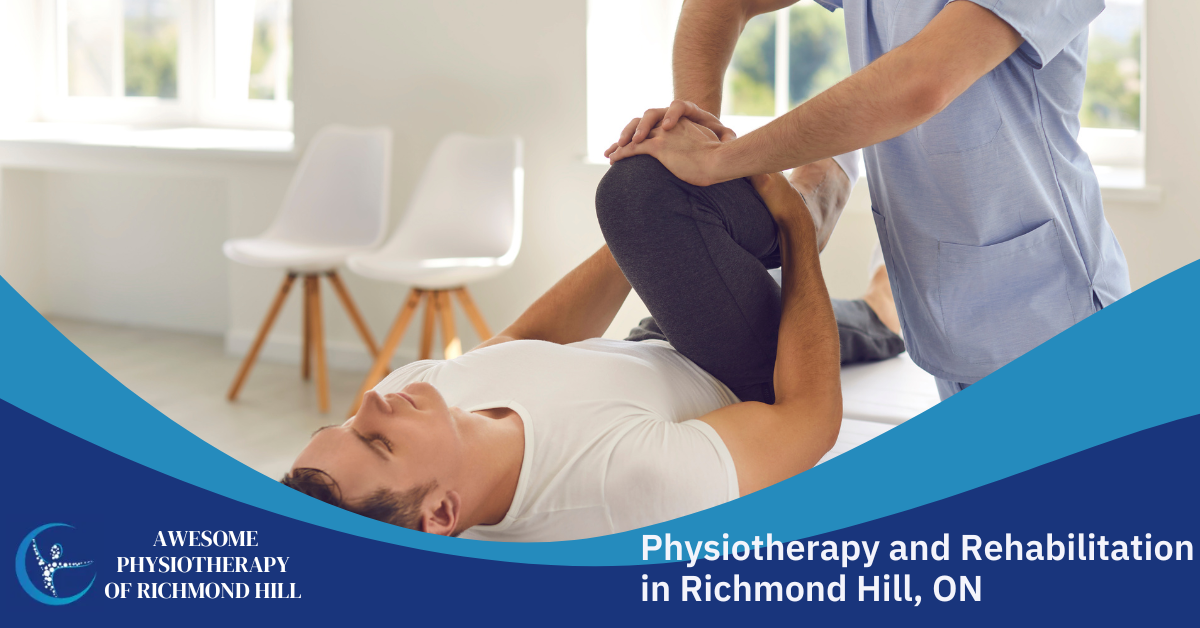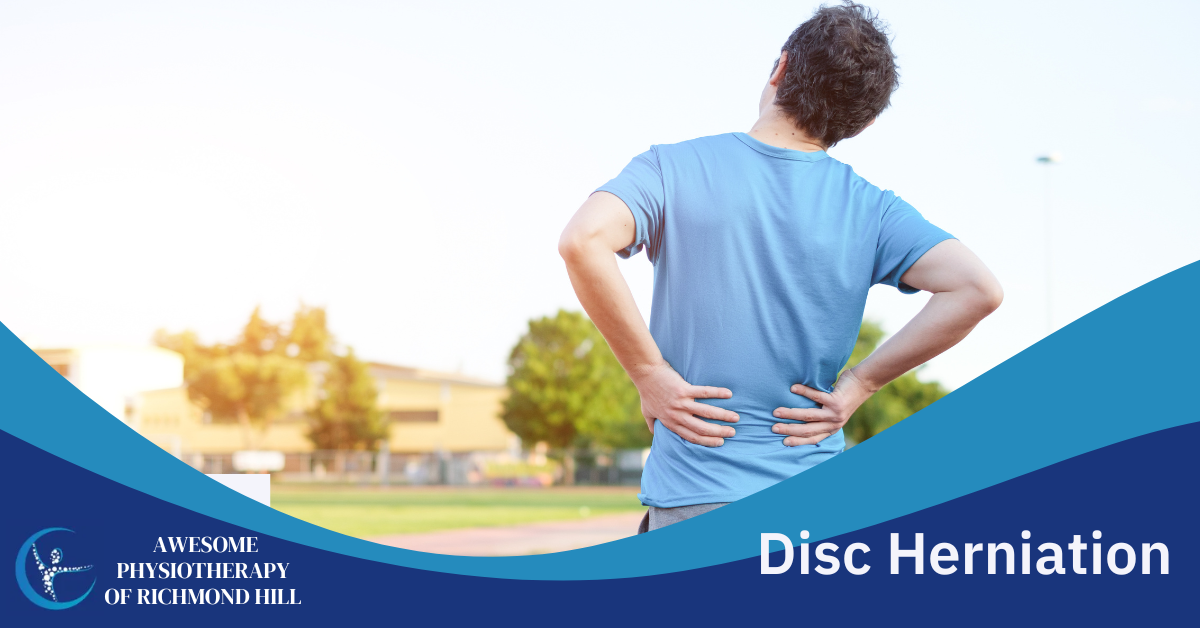How Physical Therapy Relieve Neck Pain
Having neck pain can really be disturbing. It can disrupt your daily activities and sleep. Fortunately, there are a number of different treatments available for neck pain. One of the most effective is physical therapy. Physical therapy for neck pain can help relieve the pain, and it can also help improve the range of motion in the neck. This article will discuss how physical therapy can help to relieve neck pain.
Common Causes of Neck Pain
Neck pain is a common problem that a number of different things can cause. Here are some of the most common:
Poor posture - This is one of the most common causes of neck pain. If you have poor posture, your neck muscles and ligaments have to work harder to support your head. This can cause them to become strained and painful. Also, If you spend a lot of time hunched over, whether it be from looking at a computer screen or driving, it can lead to neck pain.
Muscle tension - Another common cause of neck pain is muscle tension. This can be caused by stress or anxiety. When you are stressed, your body goes into “fight or flight” mode. This causes your muscles to tense up. This can lead to pain in the neck and shoulders.
Whiplash - This is a type of neck injury caused by sudden and violent head movements. It can occur in car accidents or during contact sports. Whiplash can cause the neck muscles and ligaments to become stretched or torn. This can lead to pain, stiffness, and loss of range of motion in the neck.
Degenerative diseases - There are many degenerative diseases that can cause neck pain. These include osteoarthritis, degenerative disc disease, and cervical spondylosis.
Things to do When You Have Neck Pain
- Apply heat or ice to the painful area. Use ice for the first 48 to 72 hours, then use heat after that.
- Take over-the-counter pain relievers.
- Keep moving.
- Gentle massage.
- Make sure you have the proper mattress or pillow.
- Use a soft neck collar.
How Physiotherapy Can Help
Physiotherapy can be an effective treatment for neck pain. Physical therapists are trained in how to assess and treat neck pain. They will work with you to create a treatment plan that is tailored to your specific needs. The treatment plan may include exercises, stretches, and manual therapy techniques.
Exercises
One of the most important aspects of physical therapy for neck pain is exercise. Exercises can help stretch and strengthen the muscles and ligaments that support the neck. This can help to relieve pain and improve the range of motion. The therapist may also teach you how to do exercises at home so that you can continue to improve after you finish physical therapy.
Shoulder and Head Rolls: This is a simple exercise that can help stretch the neck and shoulders muscles. You will need to sit up tall with your shoulders down and back to do this exercise. Then, slowly roll your head from side to side.
Chin Tucks: This exercise is designed to strengthen the muscles in the back of the neck. To do this exercise, you will need to sit up tall with your shoulders down and back. Then, slowly tuck your chin to your chest.
Cervical Retractions: This exercise is designed to stretch the front of the neck. To do this exercise, you will need to sit up tall with your shoulders down and back. Then, slowly bring your head back to look at the ceiling.
Aquatic Exercises: Aquatic exercises are a great option for people with neck pain. They provide resistance without putting any strain on the neck. They can also be done in a heated pool, which can help to relax the muscles.
Aerobic Activity: Aerobic activity is another important part of physical therapy for neck pain. Aerobic activity helps to increase blood flow to the tissues in the neck. This can help to reduce pain and inflammation. It can also help to improve the range of motion. Some examples of aerobic activity include walking, biking, and swimming.
Stretches: Stretching can also be helpful for neck pain. The therapist may teach you some specific stretches that can help to relieve the pain. You can also do some gentle stretching on your own.
Manual Therapy Techniques
In addition to exercises, the therapist may also use manual therapy techniques. These techniques can help to relieve pain and improve the range of motion. Manual therapy techniques that may be used include:
Massage: Massage can help to relax the muscles and relieve pain. A physiotherapist or massage therapist will use their hands to apply pressure and strokes to the muscles.
Manipulation: Manipulation is a technique used to restore the normal range of motion to the joints. The therapist will use their hands to apply a force to the joints.
Mobilization: Mobilization is a technique used to stretch the muscles and ligaments. The therapist will use their hands to apply a force to the tissues. A patient may also be given exercises to do at home to continue the mobilization.
Electrical Stimulation: Electrical stimulation is a technique that uses electrical currents to relieve pain. The therapist will place electrodes on the skin near the painful area. The electrical current will stimulate the nerves and help to block the pain signals.
Heat and Cold Therapy: Heat and cold therapy can also be used to relieve pain. Heat therapy can help to increase blood flow and relax the muscles. Cold therapy can help to reduce inflammation. The therapist will place a hot or cold pack on the skin for a short period.
Ultrasound: Ultrasound is a technique that uses sound waves to relieve pain. The therapist will place a wand on the skin near the painful area. The sound waves will penetrate the tissues and help to block the pain signals.
Trigger point release: This technique involves applying pressure to specific points in the muscles. Your physical therapist will be able to show you where these points are. Applying pressure to these points can help to relieve pain.
Traction: Traction is a technique that is used to stretch the neck. The therapist will place the patient’s head in a device that will pull on the neck. This can help to take the pressure off of the joints and muscles.
How long does it take for physical therapy to work for neck pain?
This is a difficult question to answer, as the amount of time it takes for physical therapy to work depends on a variety of factors, including the cause of your neck pain and your individual circumstances. However, most people experience some relief from their neck pain within a few weeks of starting physical therapy. If your neck pain is severe or chronic, it may take a little longer to see results. But with the help of a physical therapist, you can likely reduce your pain and improve your quality of life.
What to Expect During Your First Visit
When you first visit the therapist, they will ask about your medical history. They will also ask about your symptoms and how long you have been experiencing them. They will then do a physical examination. This may include tests of your range of motion, strength, and reflexes. The therapist may also order X-rays or other imaging tests.
You will likely need to visit the physiotherapist several times before you see improvement. After the examination, the therapist will develop a treatment plan. The plan may include exercises, manual therapy techniques, and electrical stimulation. The therapist will also teach you how to do the exercises at home.
Education
The physiotherapist will also provide education on reducing the risk of neck pain. They will teach you about proper posture and ergonomics. They will also teach you how to use your muscles properly. This education is important to help prevent the neck pain from returning.
The Benefits of Physical Therapy for Neck Pain
Physical therapy can provide many benefits for people suffering from neck pain. Some of the benefits include:
- Relief from pain
- Improvement in range of motion
- Increased strength
- Improved posture
- Improved ergonomics
- Improved function
- Prevention of further injury
If you are suffering from neck pain, physical therapy may be able to help. Talk to your doctor or physiotherapist to see if it is right for you.
Final Thoughts
Neck pain is a common problem that many different things can cause. Physical therapy can be an effective treatment for neck pain. If you suffer from chronic neck pain, consider making an appointment with a physical therapist. The therapist will use various techniques to relieve pain and restore function. They will also provide education on how to reduce the risk of neck pain.
Physiotherapist in Richmond Hill, Ontario
If you are looking for a physiotherapist in Richmond Hill, Ontario, look no further than the team at
Awesome Physiotherapy of Richmond Hill. Our physical therapists are highly skilled and experienced in treating neck pain. We will create a personalized treatment plan to relieve your pain and restore function. Contact us today to book an appointment.



How Physiotherapy Can Help You Recover Faster: A Guide to Physiotherapy Centers In Richmond Hill, ON







